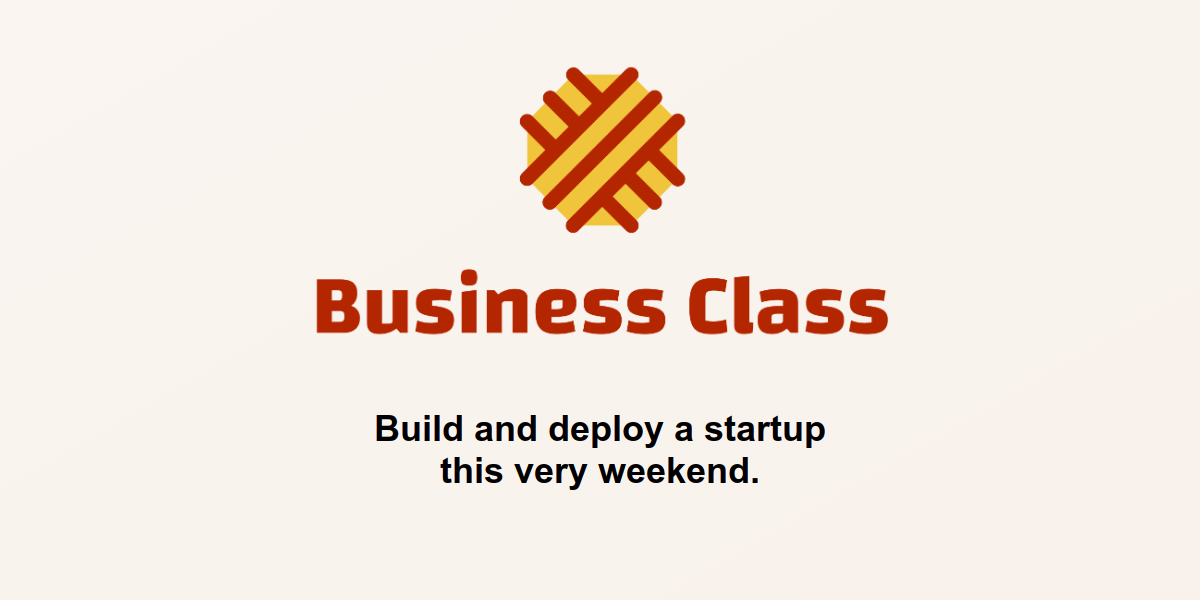Paddle vs Stripe vs Lemon Squeezy
Choosing a starter based on your payment needs.

Selecting the right payment platform is a crucial decision for any SaaS business, especially for startups navigating the complexities of global transactions, taxes, and subscriptions. Paddle, Stripe, and Lemon Squeezy are popular payment solutions, each offering unique strengths tailored to different business needs. This article compares these three platforms, examining their key features, pros, cons, and ideal use cases to help you make an informed choice.
Overview of Paddle, Stripe, and Lemon Squeezy
Each of these platforms has a distinct approach to payment processing. Understanding their core offerings is the first step to finding the best match for your needs.
- Paddle: Designed for online businesses and SaaS. Paddle provides an all-in-one solution covering payments, subscription management, tax compliance, and billing.
- Stripe: Known for its developer-friendly APIs. Stripe offers extensive payment processing options and supports a variety of customisation features for complex payment workflows.
- Lemon Squeezy: Lemon Squeezy focuses on simplifying e-commerce and digital sales. It offers an easy-to-use solution for handling taxes, payments, and subscriptions for small businesses.
Let’s dive into a more detailed comparison of each platform.
1. Paddle
Paddle targets SaaS companies and digital product sellers, offering an end-to-end solution with built-in tax compliance and subscription management. This platform is ideal for international SaaS startups that want to simplify global payments without handling complex tax requirements themselves.
Key Features of Paddle
- Global Tax Compliance: Handles VAT, GST, and sales tax automatically. This reduces the administrative burden for international businesses.
- Subscription Management: Offers out-of-the-box support for subscriptions, trials, and renewals. This caters to subscription-based business models.
- Fraud Prevention: Includes fraud detection and chargeback handling to secure transactions.
- Revenue Retention Tools: Includes dunning management to help reduce churn by assisting customers with payment failures.
Pros of Paddle
- Simplifies Global Compliance: Handles tax calculations and payments on your behalf. Simplifies international sales for your business.
- Comprehensive Subscription Management: Supports recurring payments and flexible billing cycles.
- Less Administrative Overhead: Handles complex billing, taxes, and invoicing, making it easy for small teams to scale globally.
- Solid Customer Support: Paddle’s customer support is known for being responsive, which is valuable for startups needing fast assistance.
Cons of Paddle
- Less Customisable: Limited API customisation compared to Stripe.
- Revenue-Based Pricing: Charges a percentage of your revenue, which can become costly as your revenue grows.
- Limited Market Focus: Primarily serves SaaS and digital products, so it may not be suitable for physical goods businesses.
What Paddle is Ideal For
Paddle is an excellent choice for SaaS and digital product startups looking to simplify global payments without handling tax compliance in-house.
SaaS Boilerplates that use Paddle
Here’s a growing list of SaaS boilerplates that use Paddle.
2. Stripe
Stripe is widely recognised for its powerful APIs and flexibility, allowing businesses to build complex payment solutions. With Stripe, developers have complete control over the payment experience, making it suitable for businesses that require extensive customisation.
Key Features of Stripe
- Extensive API: Developer-friendly APIs allow businesses to build and tailor payment flows to their exact needs.
- Support for Multiple Payment Methods: Accepts credit cards, wallets, bank transfers, and local payment methods across various countries.
- Customisable Billing: Offers detailed tools for subscription management, metered billing, and discounts.
- Advanced Fraud Protection: Machine-learning-powered fraud detection through Stripe Radar.
Pros of Stripe
- Highly Customisable: Stripe provides a flexible, developer-friendly environment to create custom payment solutions.
- Global Reach: Supports a wide range of payment methods and currencies. Easy to expand globally should you need to.
- Extensive Documentation: Known for extensive, clear documentation, which is helpful for development teams.
- Integrated Ecosystem: Offers additional services like Stripe Connect for marketplaces, Stripe Atlas for company formation, and Stripe Issuing for creating virtual or physical cards.
Cons of Stripe
- Complex for Non-Developers: Customisation may require developer resources, making it less beginner-friendly.
- Manual Tax Management: Does not handle global tax compliance as seamlessly as Paddle.
- Higher Fees for Certain Services: Some advanced features, like currency conversion and fraud protection, come with additional costs.
What Stripe is Ideal For
Stripe is best for tech-savvy startups with developer resources, looking for maximum flexibility and control over their payment processing and checkout experience.
SaaS Boilerplates that use Stripe
Here’s a growing list of SaaS boilerplates that use Stripe.
3. Lemon Squeezy
Lemon Squeezy is a newer platform designed for small businesses, creators, and digital product sellers. Its key selling point is simplicity. It offers a user-friendly solution that manages payments, taxes, and subscriptions with minimal setup.
Key Features of Lemon Squeezy
- Easy-to-Use Dashboard: Designed for non-technical users, with a clean and intuitive interface.
- Automated Tax Handling: Calculates and remits VAT, GST, and other taxes on digital products, making it simple to sell internationally.
- Subscription and Licensing Management: Supports recurring billing, trials, and licensing for digital products.
- Built-in Email Marketing: Includes email tools for promotional campaigns and customer engagement.
Pros of Lemon Squeezy
- User-Friendly Interface: The platform is easy to navigate, making it ideal for solo entrepreneurs and small teams.
- Automated Compliance: Handles international taxes, which is helpful for digital product sellers.
- Cost-Effective for Small Sellers: Offers competitive pricing for small-scale businesses with limited customization needs.
- All-in-One Platform: Combines payment processing, customer management, and marketing, simplifying operations for small businesses.
Cons of Lemon Squeezy
- Limited Customisation: Lacks extensive API support and customisation options found in Stripe.
- Smaller Market Reach: Primarily focused on small digital businesses, so it may not be suitable for large-scale or enterprise operations.
- Newer Platform: As a relatively new entrant, it may not have the same reliability and feature set as more established players like Stripe.
What Lemon Squeezy is Ideal For
Lemon Squeezy is ideal for creators and small businesses selling digital products who want a straightforward, low-maintenance payment solution.
SaaS Boilerplates that use Lemon Squeezy
Here’s a growing list of SaaS boilerplates that use Lemon Squeezy.
Comparison Summary: Which Platform Should You Choose?
| Feature | Paddle | Stripe | Lemon Squeezy |
|---|---|---|---|
| Best For | SaaS and digital products | Customised checkout & global reach | Small businesses & creators |
| Tax Handling | Automatic | Manual (optional integrations) | Automatic |
| Customisation | Limited | Extensive | Limited |
| Subscription Management | Yes | Yes | Yes |
| Developer Support | Moderate | High | Low |
| Pricing Model | Revenue-based percentage | Transaction fees + add-ons | Competitive pricing |
Conclusion
Choosing between Paddle, Stripe, and Lemon Squeezy ultimately comes down to your specific needs and resources available.
- Choose Paddle if you’re a SaaS or digital product company seeking a comprehensive, hands-off solution that manages taxes and subscriptions globally.
- Opt for Stripe if you require a highly customisable payment platform and have the development resources to create a unique checkout experience.
- Go with Lemon Squeezy if you’re a small business or creator looking for a simple, no-fuss way to manage payments and tax compliance.
Know what each platform can and cannot do. Pick the one that fits your business. Your customers will have an easy time paying. You will have an easy time running things.
SaaS Boilerplates with Integrated Payment Providers
You’ll find below three of the most highly-recommended SaaS boilerplates that have already integrated the payment providers mentioned above.





